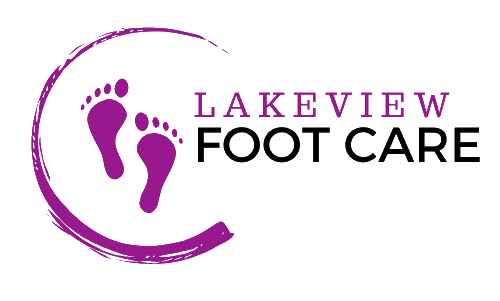Promoting Healthy Feet: Foot Care Strategies for Indigenous Communities in Canada
Foot care for Indigenous communities in Canada is a crucial yet often overlooked aspect of overall health and wellness. Many Indigenous individuals face unique challenges that can lead to foot-related issues, such as diabetes and other chronic conditions. The emotional toll
Read More







